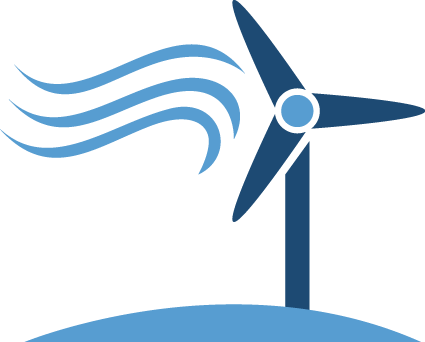
Integration of power curves and training with historical site-specific energy production data ensure the finest short and medium term wind plant energy forecast.
Downscaling algorithms and site-specific data assimilation
Neural networks training with historical data
Numerical model data constantly updated multiple times a day
Immediate calibration and forecast tuning with real-time plant data
Meteorological variables dedicated to plant maintenance and management
Weather warning notifications in case of extreme weather events

Integration of power curves and training with historical site-specific energy production data ensure the finest short and medium term wind plant energy forecast.
If real-time data are available, a unique adjustment algorithm is applied, to offer very short term calibrated energy production forecasts, that minimize bias.
We also offer the possibility to have meteorological fields related to wind energy production and plant management: wind speed, wind direction, 2 meter temperature, relative humidity, air density, pressure, precipitation.
We provide weather warnings and risk estimates, in case of extreme weather events in order to limit loss, damage to objects and harm to personnel.
hourly or sub-hourly time steps
from 24-48-72 hours ahead up to 2 weeks
2 or 4 daily updates with mobile or fixed temporal horizons
meteorological fields: wind speed, wind direction, temperature, humidity, precipitation, pressure.
wind energy forecast (single wind turbine / entire wind farm)
meteo-warnings when potentially harmful meteorological conditions are forecasted
different output formats (csv, xml, xls) and different delivery methods (ftp server, web server, e-mail, API )
1 -month free trial
IDEAM Srl runs a proprietary meteorological model, optimised for wind related meteorological fields.
Resolution, physical schemes and parameterisations have been selected to reduce errors and biases of wind speed forecast.
The use of the exact power curve of the particular wind turbine allows to estimate the energy production based on wind speed and direction.
When historical measurements of wind speed and energy production from the wind farm are available, statistical learning algorithms and neural networks are used to improve both wind speed and energy production forecast.
When real-time energy measurements are available, it is possible to have a wind energy forecast constantly updated and corrected through a nowcasting approach.
Share this page on social networks